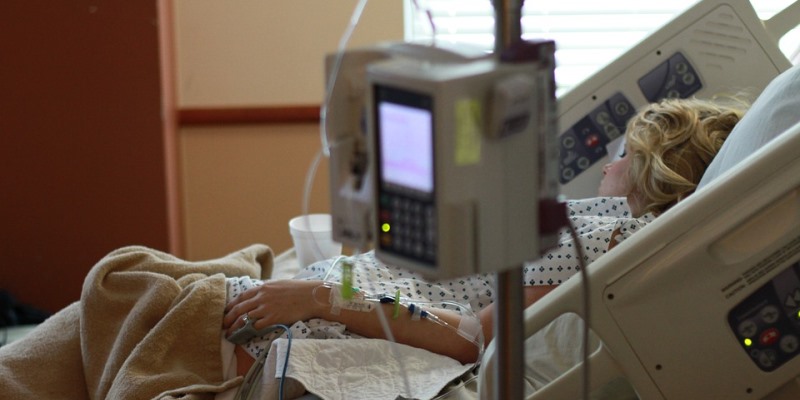Massive surgery backlog latest symptom of Ontario’s health-care problem

The Ford government recently announced a plan to address Ontario’s massive surgery backlog, the largest in Canada. Estimates place the backlog, which is partly due to COVID’s impact on hospital capacity, at more than 148,000 procedures. And despite the term “elective surgery,” this backlog is composed of medically-necessary procedures from cancer surgeries to cataract removals. Obviously, the delay or cancellation of these procedures can have serious health consequences for those who are waiting.
The Ford plan includes an additional 139 critical care beds and 1,349 hospital beds. This should come as little surprise given that the province’s Financial Accountability Office found that the average occupancy rate for beds in Ontario hospitals in 2018-2019 was 96 per cent (the highest when compared to 28 OECD countries including Canada, which was 3rd highest ), with 28 hospitals operating above 100 per cent.
So why is this happening? Why are Ontario hospitals—and hospitals in Canada more broadly—facing huge backlogs for surgery?
For starters, you can’t simply blame COVID. Despite being the second-highest health-care spender, Canada has fewer acute care beds (2.0 per 1,000, ranking 26th of 27) than almost every other country with universal health care in the OECD (on an age-adjusted basis). Moreover, Canada also has fewer physicians (2.8 per 1,000 people, ranking 26th of 28), MRIs (10.4 per million, ranking 21st of 26) and CT scanners (15.9 per million, ranking 21st of 27) than these countries on an age adjusted basis.
Indeed, long health-care wait times have plagued Canada’s health-care system for years. For example, in 2016, four years before COVID, many more Canadians (18 per cent) reported waiting longer than four months for elective surgery compared to Germans (0 per cent), French (2 per cent), Swiss (6 per cent) and Australians (8 per cent). So while many of these countries face similar backlogs today due to COVID, their universal health-care systems normally have shorter waiting lists.
Unfortunately, patients in Ontario and across Canada are effectively locked into our system as provinces continue to discourage the development of a parallel private health-care sector—in stark contrast to other countries that embrace the private sector either as an alternative (like in Germany) or as a partner (like in Switzerland and Australia).
Also, unlike most universal health-care countries, Canada remains part of a small minority that does not require patients to share the cost of treatment, thus creating excessive demand for expensive emergency room resources. (In 2013-2014, an estimated annual average of 1.4 million visits to Canadian emergency rooms could have been avoided.)
Absent genuine reform, patients in Ontario and across Canada will likely continue to see long wait times, overcrowded hospitals and postponed surgeries—products of our fragile system—and continue to suffer the pain of waiting.
Authors:
Subscribe to the Fraser Institute
Get the latest news from the Fraser Institute on the latest research studies, news and events.



